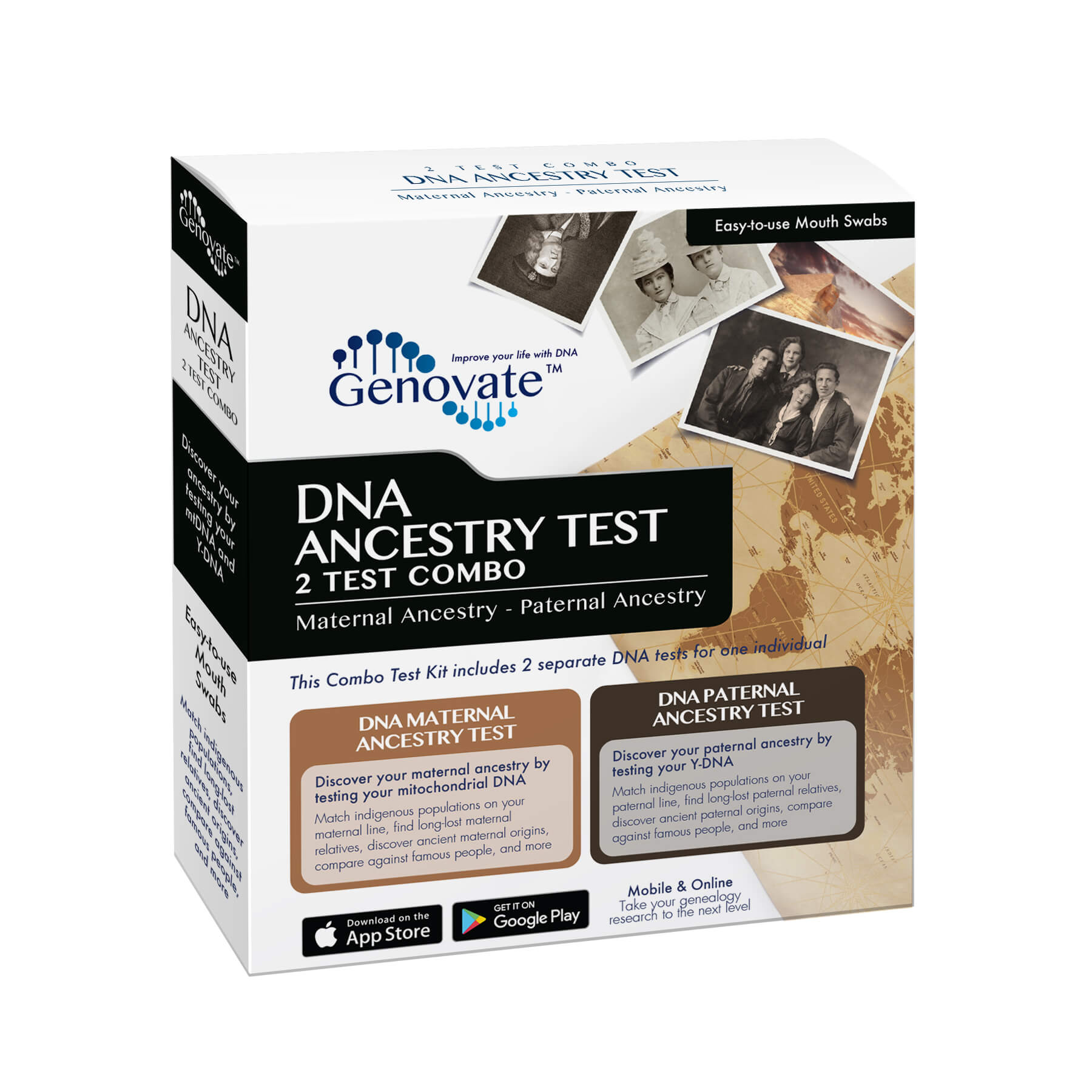Your mtDNA is your link back to all of your maternal ancestors. It is passed down unchanged from mother to child and is the only way to accurately trace your maternal ancestry.
Your mtDNA genome contains 16,569 base pairs. That is 16,569 different places that a change can occur! DNA SNP chips (used by many of our competitors) detect less than 20% of all these possible changes. We use Sanger Sequencing (the GOLD standard for DNA sequencing) to identify every single base pair. If you carry a mtDNA genetic variant, our technology will detect it, GUARANTEED.
The mtDNA genome contains three regions: two hypervariable regions (HVR1 and HVR2) and the more conserved coding region:
- Sequence just one or both of your hypervariable regions so that you can accurately compare your mtDNA to published data from hundreds of famous historical figures and ethnic groups around the world. DNA SNP chips struggle to detect all the variation in the hypervariable regions, but our Sanger Sequencing technology will identify every single change.
- Upgrade to the full mtDNA genome sequence (HVR1 + HVR2 + coding region) to confirm your ancient maternal history (mtDNA haplogroup and subclade).
Both males and females have mtDNA, so both genders can take the mtDNA test to trace their maternal ancestry. However, only females will pass their mtDNA down to the next generation.
What is mtDNA?
Mitochondrial DNA (mtDNA) is the circular DNA which is found in the mitochondria of human cells. Each cell can contain several mitochondria and each mitochondrion contains dozens of copies of the 16,569 base pairs of mtDNA so in every cell there can be thousands of copies of mtDNA. This differs from only two copies per cell of the linear and much larger nuclear genome of 3.3 billion base pairs, which includes the autosomal and sex chromosomes. Each individual inherits mtDNA from only their mother, hence there is no recombination (mixing) of the mtDNA from generation to generation. This ensures that mtDNA essentially remains unchanged through the maternal line, providing an incredibly useful way to trace maternal ancestry.
What is mtDNA sequencing?
The circular mitochondrial genome has three regions – two small hypervariable (HVR) regions and a large coding region. Most of the variation in the mtDNA occurs in the non-coding HVR regions, as this variation does not affect the function of any proteins etc. The mtDNA sequencing available here can sequence just the HVR1 region, both hypervariable regions (HVR1 and HVR2) or the complete mitochondrial genome (HVR1, HVR2 and the coding region). HVR1 contains approximately 500 base pairs and HVR2 is approximately 400 base pairs. If two individuals have a perfect match at their HVR1 and HVR2 regions, further comparison of the much larger coding region can provide a higher stringency comparison and further resolution. The coding region covers the remainder of the mitochondrial genome and the complete mitochondrial genome is 16,569 base pairs.
Methods and analysis of mtDNA sequencing:
The mtDNA sequencing analysis uses a technique called Sanger sequencing to determine the DNA sequence in the specified region of the mtDNA. The entire DNA sequence for each region tested is provided to you in your mtDNA test report. If you choose to test all three regions (HVR1, HVR2 and coding region), you will receive a reading on all 16,569 base pairs of your mtDNA. If only one or both hypervariable regions are sequenced, a shorter reading will be provided. Your mtDNA sequencing results are also compared to a reference sequence called “rCRS” (revised Cambridge Reference Sequence) and all of the positions within your mtDNA which differ from rCRS are listed in your report.
Your unique mtDNA sequence result is known as your mtDNA profile. Individuals share the same mtDNA profile if their mtDNA sequences are an exact match to each other. Since mtDNA is passed down from mother to child along the direct maternal lineage, individuals who have descended from the same maternal lineage are expected to have exactly the same or very similar mtDNA profiles. If two individuals have different mtDNA profiles, it would conclusively confirm that they did not descend from the same maternal lineage, regardless of family legend.
Customers can select which mtDNA region or regions that they would like to have analyzed:
- Standard Test: HVR1 sequence. This is often all that is required to achieve an adequate resolution.
- Advanced Test: HVR1 + HVR2 sequence
- Premium Test: The full mtDNA genome sequence (HVR1 + HVR2 + coding region). This provides the highest resolution.
- Upgrade Options: A cost-efficient upgrade option is available, where customers can initially select just the Standard Test. If this region does not provide a high enough resolution, there is an option to upgrade to the Advanced Test or Premium Test.








